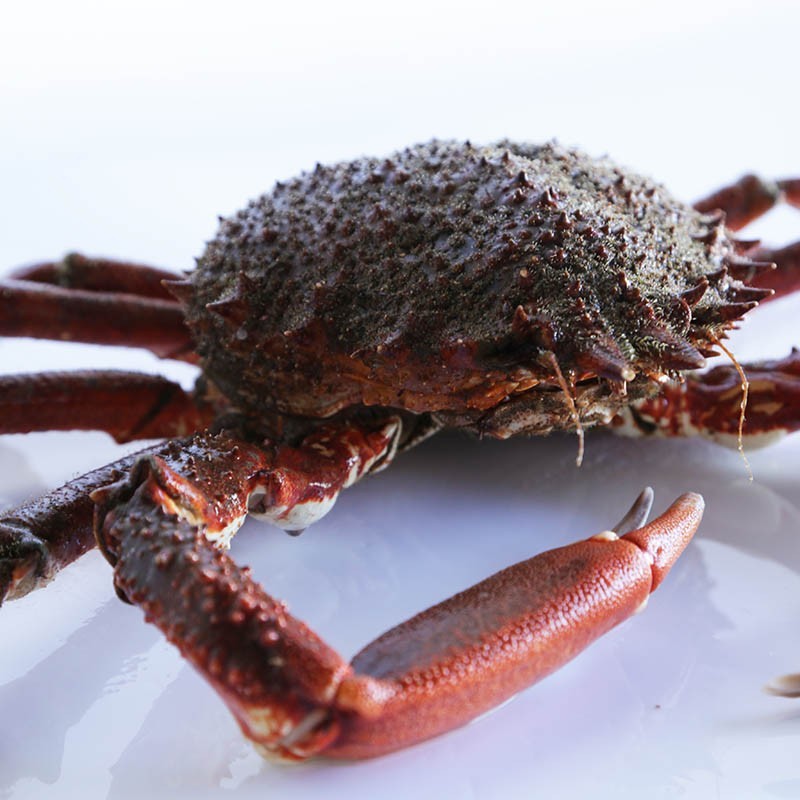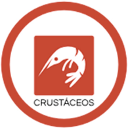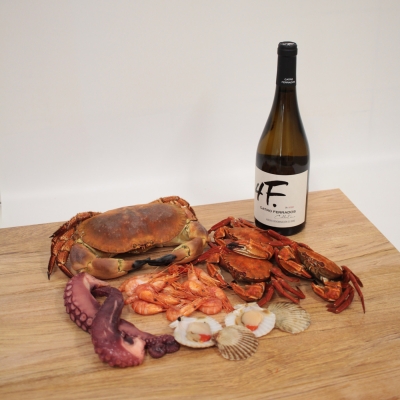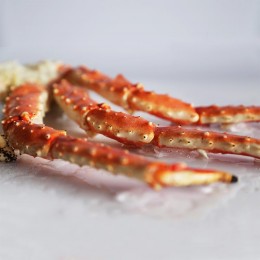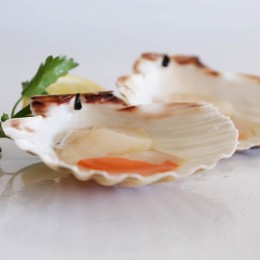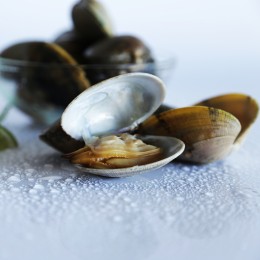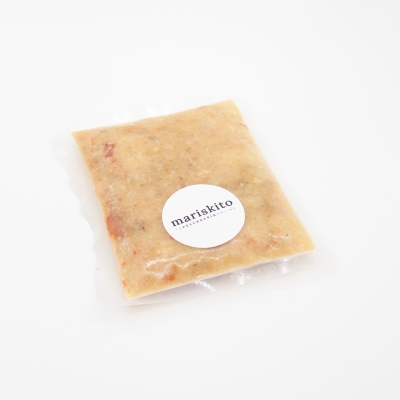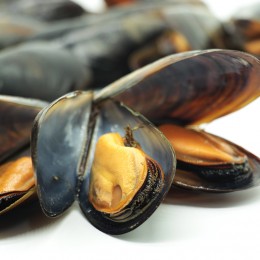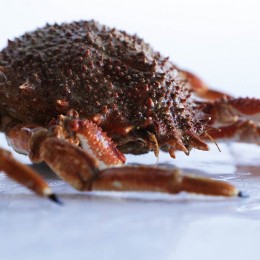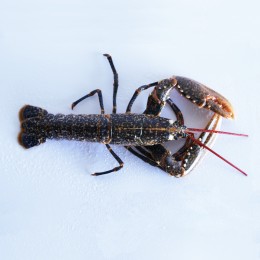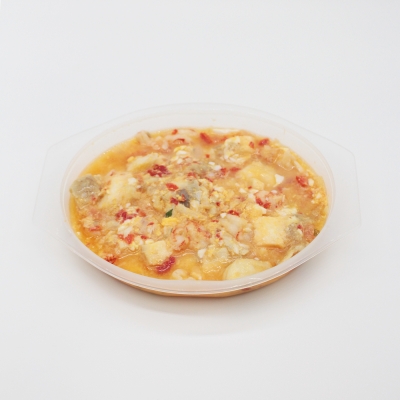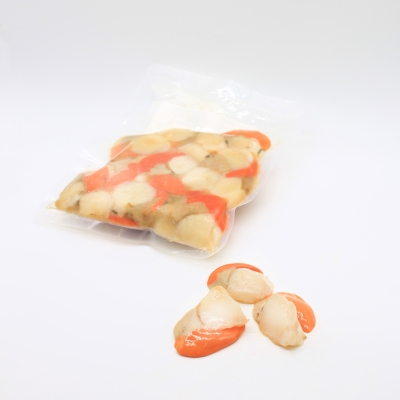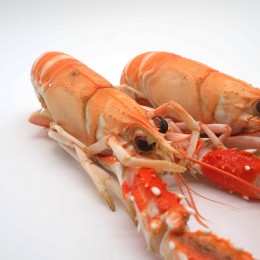The spider crab (Maia squinado) is a decapod crustacean from the Galician estuaries. It lives on the coast on rocky bottoms up to a depth of 100 metres. This spider crab of Galician origin accounts for a minimal part of the catch, being much more highly prized than the others due to its high quality.
Physically, they are usually distinguished by their dark colour, sharp nails and shell covered with algae and hairs.
The spider crab, a shellfish rich in minerals, especially iodine and zinc. Iodine is one of the nutritional properties that act to improve our metabolism and energy levels. Zinc helps us in the process of growth and strengthening our immune system. An ideal food to combat fatigue.
To cook the spider crab from the estuary, place a casserole dish with plenty of salt and when it comes to the boil, immerse the spider crab. When it comes to the boil, cook for between 20 and 25 minutes, depending on its size. Remove from the pan and leave to cool.
To eat it once cooked, the body is opened and the inedible grey skeins are removed. The legs are eaten one at a time, cracking them with special seafood tongs and, with the patience of a good seafood taster, the meat is removed. The inside of the shell, known as the ‘cacho’, is scraped out and, together with the juice it contains, a kind of mush is prepared which is eaten directly with the help of a small spoon.
